Here we are in an ancient typical medieval town, perched for centuries in the Alps of Liguria, which has reached the present day perfectly preserved.
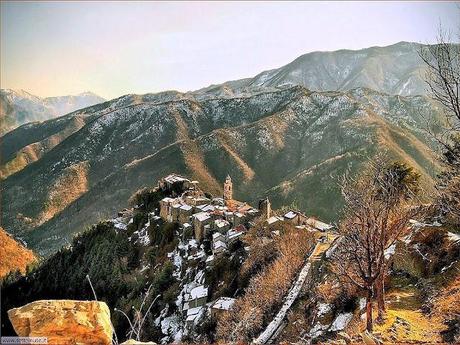 There still lingers an unreal atmosphere, heavy, it talks about dark curses and mysterious spells.
The name Triora derives from the Latin "tria ora", meaning "three mouths" as the three mouths of Cerberus, the dog guardian of Hades and depicted on the coat of arms of the city.
There still lingers an unreal atmosphere, heavy, it talks about dark curses and mysterious spells.
The name Triora derives from the Latin "tria ora", meaning "three mouths" as the three mouths of Cerberus, the dog guardian of Hades and depicted on the coat of arms of the city.
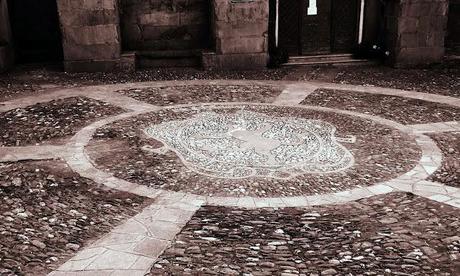
In 1588, there was held an unfair and terrible trial against a group of women, considered witches and responsible for the famine that struck the region.
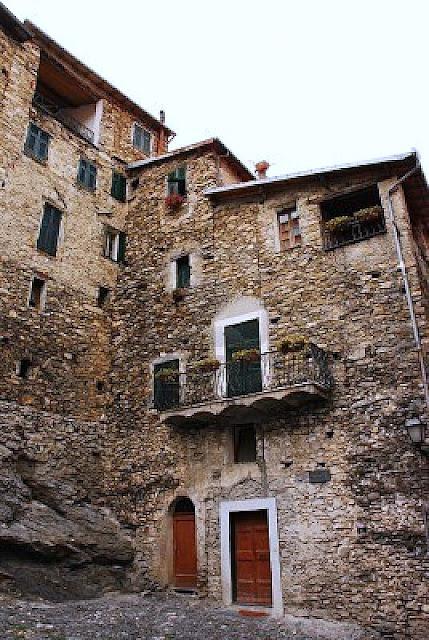 Two delegates of the Inquisition did to prepare
for private homes to use as a prison.
Some of the buildings used are still visible today.
Two delegates of the Inquisition did to prepare
for private homes to use as a prison.
Some of the buildings used are still visible today.
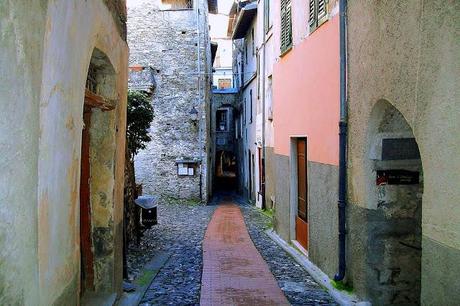
One is called the home of Meggia, located in Piazza San Dalmazzo, which lays the foundations in the alley said Pizzetto.
From this you can see the windows fitted with heavy grates.

The same house is also called Ca' de baggiure
(home of witches) and Ca' degli Spiriti.
Right the grates confirm the old function,
as absent in all other homes.
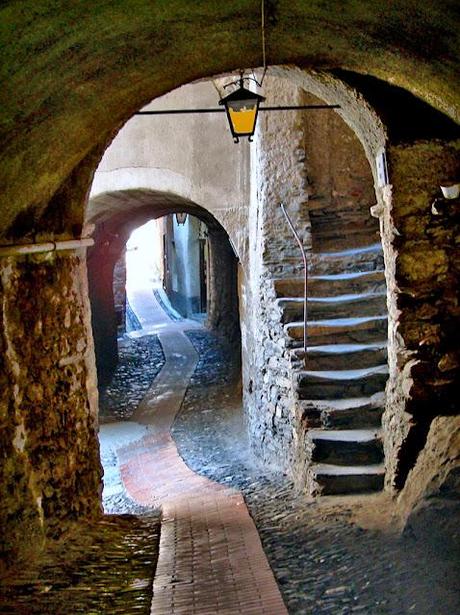
After interrogation and horrific tortures, managed by a representative of the Inquisition, women accused of witchcraft were condemned to the stake.
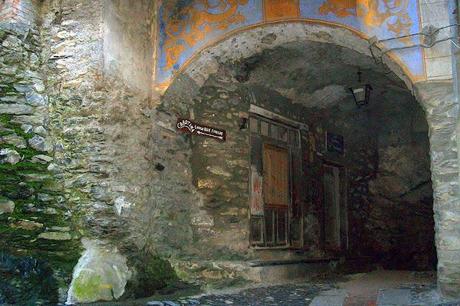
The death sentences were later turned into prison, to be served in prisons of Genoa, awaiting the final processes. While the religious authorities, stood against each other responsibility for the process, the alleged witches were still suffering in prison.
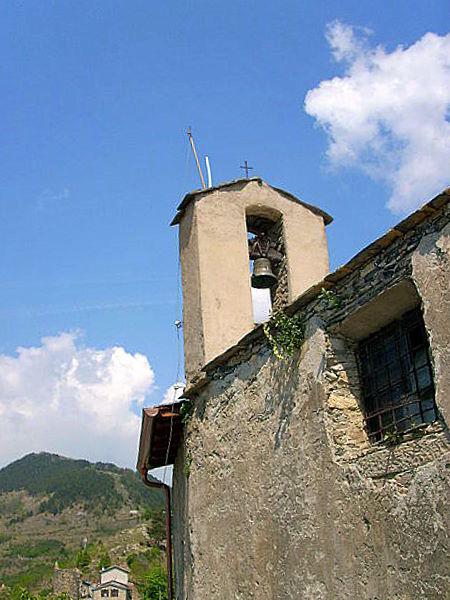
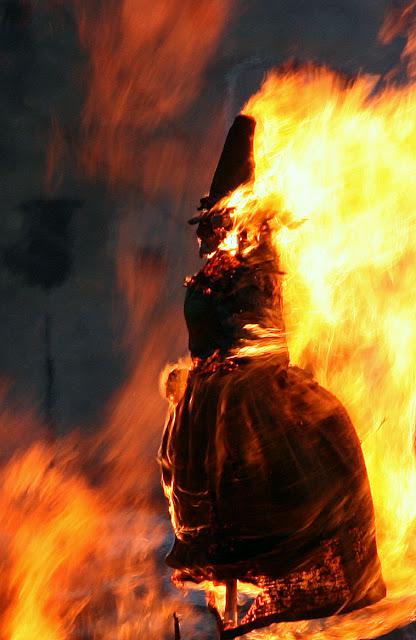
Nothing certain is known about the fate of others.
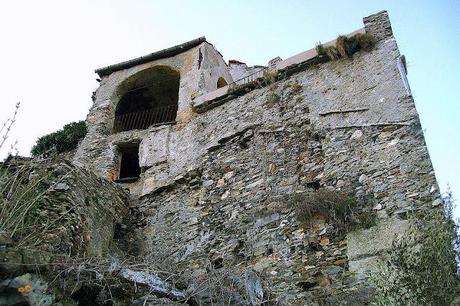
Today, in the ancient prisons of Triora, you can visit the ethnographic and witchcraft museum.
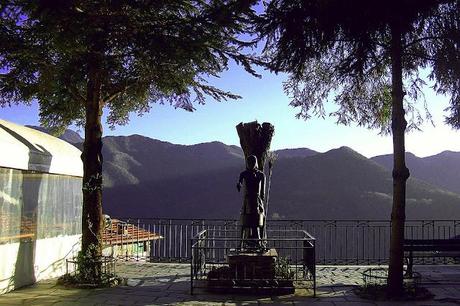
Its underground not only revived superstitions and beliefs, but there are copies of documents preserved in the State of Genoa, ancient records that faithfully reproduce the horrendous torture and cruel interrogations endured by women accused of witchcraft.
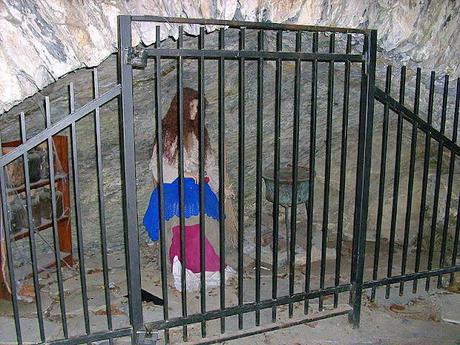
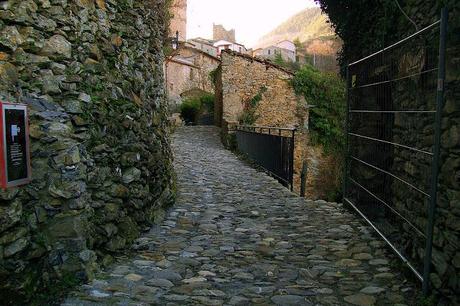
From the railings of the houses of Via San Dalmazzo seem to get whispers and moans.
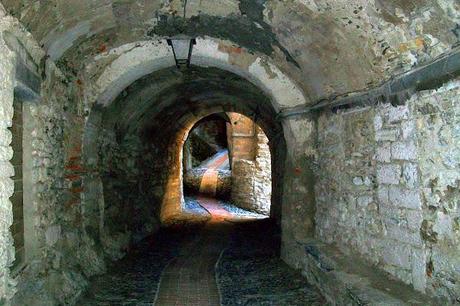
At Cabotina, grim-looking house always believed the witches’ house, during some foggy nights seem to resonate loud shouts, and strange lights suddenly illuminate the way.
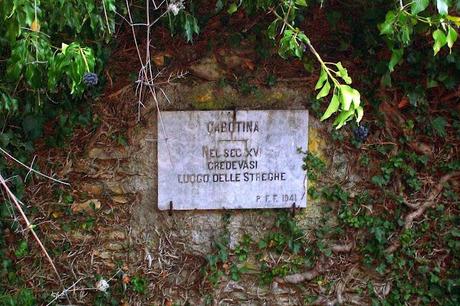
This was, in ancient times, the poorest part of the country, outside of the walls and more exposed to danger.
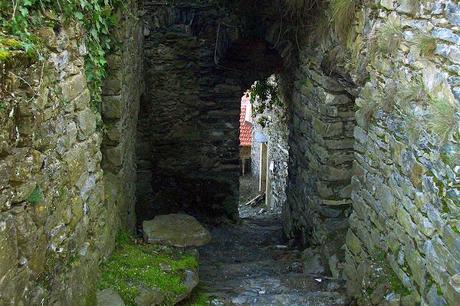
Those who lived there (excluded from normal social life) had to adapt to difficult and precarious living conditions.
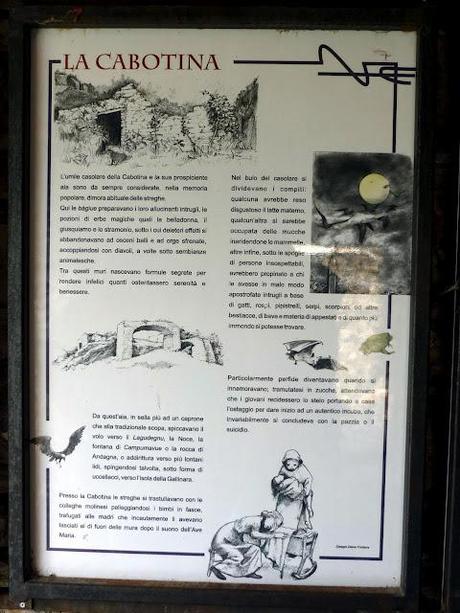

It is believed however that these undisturbed also circulated within the village.
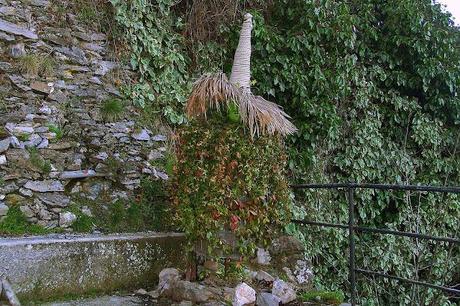
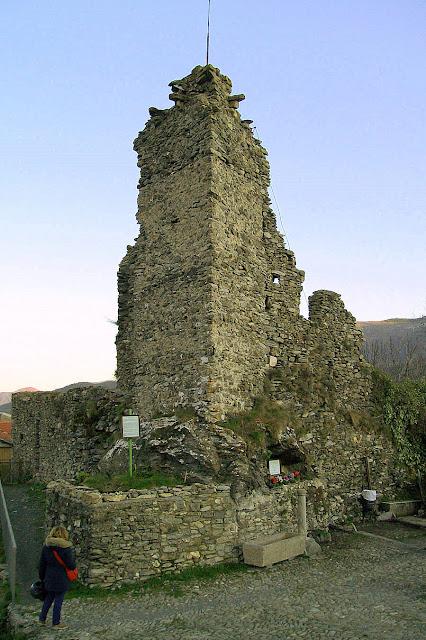
In addition, near Triora, at the passage named of the Crescent, stands an ancient Menhir (standing stone), evidence of previous pagan cults.
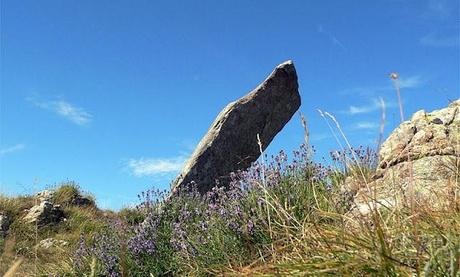
There are also numerous places of meeting for
the legendary hell-Sabbah:
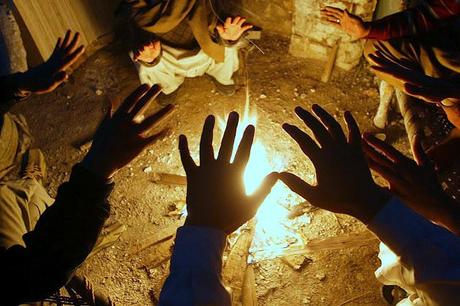
one is the amazing LaguDegnu, remote location at the bottom of Cian di Vunda, which is an artificial lake formed by the Rio Grugnardo get onto that enters in the creek Argentina.
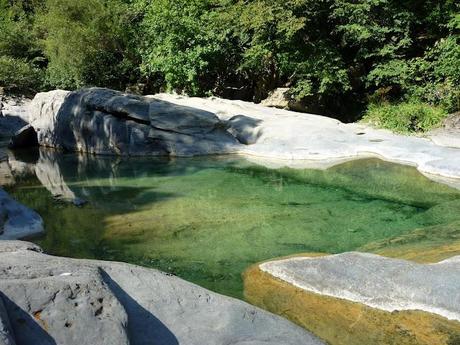

IL PANE DELLE STREGHE The bread of witches
Ingredients: 400 grams of wheat flour (divided between 0 and 00, but it would be best to use flour 1)
150g of buckwheat flour
50g of bran
about 450ml of water
80g of sourdough (acid yeast)
12g of fresh yeast
salt
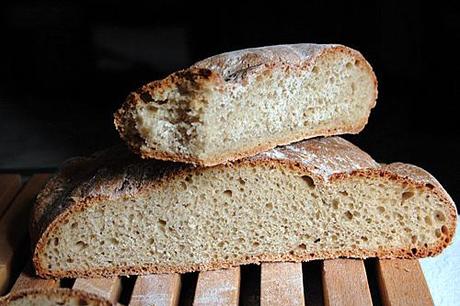
(about 240 ° C). Remember to put a pot of water at the bottom of the oven, to form the typical crust.
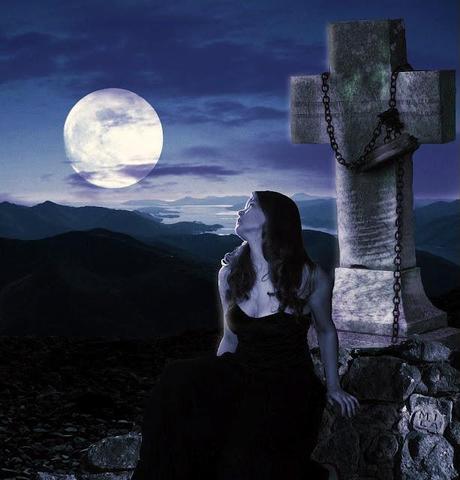
God save the witch!
